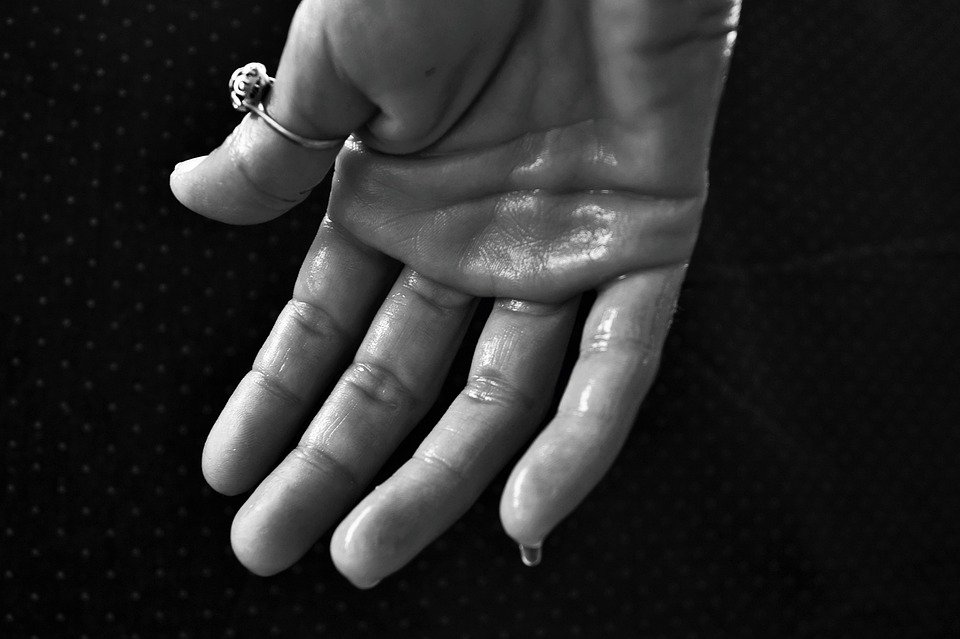 Breathing is a fundamental aspect of life that many people take for granted. The ability to breathe easily is essential for maintaining overall health and well-being. Understanding the basics of the respiratory system can help individuals appreciate the complexity of this vital process and take steps to ensure optimal respiratory function.
Breathing is a fundamental aspect of life that many people take for granted. The ability to breathe easily is essential for maintaining overall health and well-being. Understanding the basics of the respiratory system can help individuals appreciate the complexity of this vital process and take steps to ensure optimal respiratory function.The respiratory system is composed of a series of organs and tissues that work together to facilitate the exchange of oxygen and carbon dioxide in the body. The primary organs of the respiratory system include the lungs, trachea, bronchi, and diaphragm. These organs work in concert to bring oxygen into the body and remove carbon dioxide, a waste product of cellular metabolism.
The process of breathing begins with the act of inhalation, during which air is drawn into the lungs. The diaphragm, a dome-shaped muscle located below the lungs, contracts and moves downward, creating a vacuum that pulls air into the lungs. The intercostal muscles, located between the ribs, also play a role in expanding the chest cavity to allow for the influx of air.
Once air enters the lungs, it travels through a series of branching airways known as the bronchial tree. The trachea, or windpipe, divides into two main bronchi, which further divide into smaller bronchioles that lead to tiny air sacs called alveoli. It is within the alveoli that the exchange of oxygen and carbon dioxide takes place.
Oxygen from the air passes through the thin walls of the alveoli and into the bloodstream, where it is carried to cells throughout the body. At the same time, carbon dioxide, a waste product of cellular metabolism, diffuses from the bloodstream into the alveoli to be exhaled from the body during exhalation.
Exhalation is the process by which carbon dioxide is expelled from the body. During exhalation, the diaphragm and intercostal muscles relax, allowing the chest cavity to decrease in size and air to be pushed out of the lungs. This process is essential for maintaining the balance of gases in the body and ensuring that oxygen is delivered to cells and tissues where it is needed.
In addition to the exchange of gases, the respiratory system also plays a role in regulating the body’s pH balance. Carbon dioxide is a byproduct of cellular metabolism and can accumulate in the bloodstream, leading to a decrease in pH. The respiratory system helps to regulate the body’s acid-base balance by expelling excess carbon dioxide through exhalation.
Several factors can impact respiratory function and hinder the body’s ability to breathe easily. Chronic respiratory conditions such as asthma, chronic obstructive pulmonary disease (COPD), and pneumonia can cause inflammation and narrowing of the airways, making it difficult to breathe. Smoking, air pollution, and exposure to allergens can also contribute to respiratory problems and compromise lung function.
Maintaining a healthy lifestyle can help support optimal respiratory function and promote overall lung health. Eating a balanced diet, staying hydrated, and engaging in regular physical activity can help strengthen the respiratory muscles and improve lung capacity. Avoiding smoking and minimizing exposure to environmental pollutants can also help protect the lungs from damage and reduce the risk of respiratory diseases.
In conclusion, understanding the basics of the respiratory system is essential for maintaining healthy lung function and breathing easy. By learning how the respiratory system works and taking steps to support lung health, individuals can ensure that their bodies are able to efficiently exchange gases and deliver oxygen to cells throughout the body. Prioritizing respiratory health can lead to improved overall well-being and a better quality of life.

You might be interested in learning more about the lungs and their function. Speaking of lung function, you might be interested in this article on Wikipedia. Additionally, understanding how to improve lung capacity can be beneficial. Speaking of lung capacity, you might want to check out this Wikipedia article. Lastly, if you’re looking to prevent respiratory diseases, consider learning more about the effects of smoking. Speaking of smoking and respiratory health, you might find this Wikipedia article informative.



